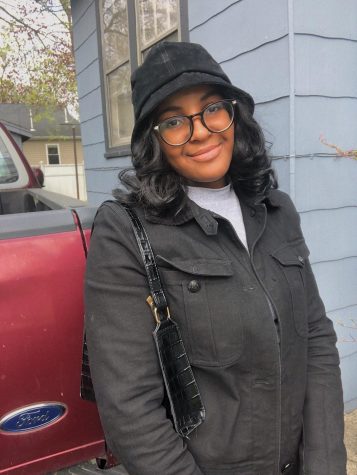Phenomenon or Obsession? Cracking the Case Behind the Love of True Crime
May 1, 2022
“Have you listened to yesterday’s episode yet? Oh my gosh, you have to find out who the murderer is. No, it wasn’t the butler for once and it wasn’t her boyfriend either. I know, I thought so too at first but you’ll never guess who it was.”
This conversation most likely occurs after listening to any true-crime podcast. A single episode will turn you into a detective, crossing out suspects and following leads. Honestly, I wouldn’t judge if you had a crime-solving bulletin board hanging on your wall.
To some, true crime media may be seen as a twisted obsession. On the contrary, it’s an atypical phenomenon that brings people together. Hulu’s “Only Murders In the Building” (starring Selena Gomez, Steve Martin and Martin Short) is the perfect example of this, as it follows three-soon-to-be friends who start a true-crime podcast after a murder occurs in their apartment building.
Almost all true crime narratives are cautionary tales reminding us of the scary world we live in. Though some stories are shocking, most are not surprised by the gory details.
“With crime in general and what I see in the world, my thoughts are ‘Oh my God,’” junior Xavier Cortez said. “And when I hear gory details, it hits me that bad things like [what happens in true crime podcasts] can happen in real life. To an extent, most things that happen in true crime shows and podcasts are not shocking to me.”
Even with the blood-chilling allegories and the depressing reality check, who do people love true crime so much? Is it the opportunity to become a detective and solve our leads or the simplicity of the mystery in itself?
Popular true crime podcasts, such as “Crime Junkie” on Spotify, have fans worldwide who connect over social media for the love of murder. Other podcasts include “Morbid: A True Crime Podcast,” “My Favorite Murder with Karen Kilagariff and Georgia Hardstark” and Parcast’s “Serial Killers.”



